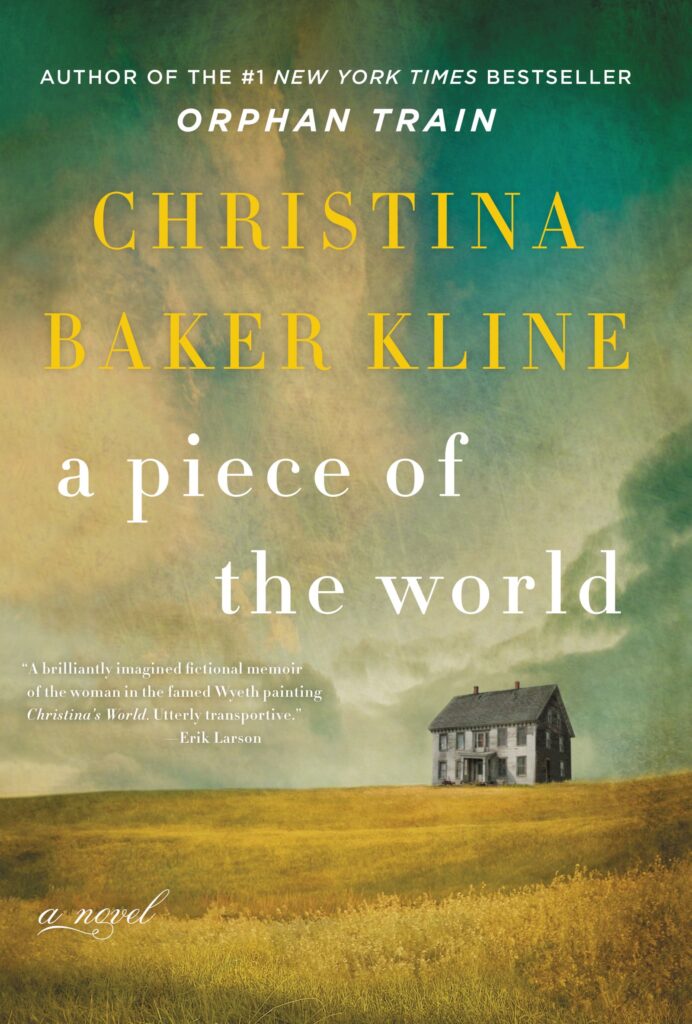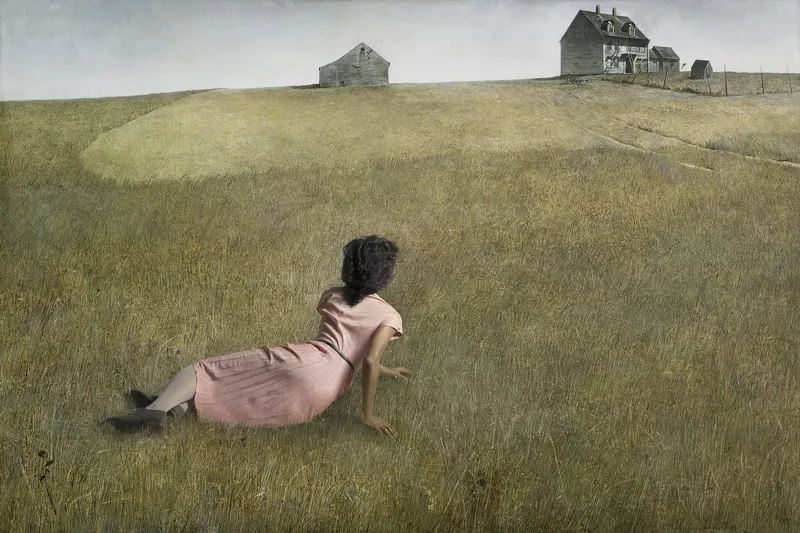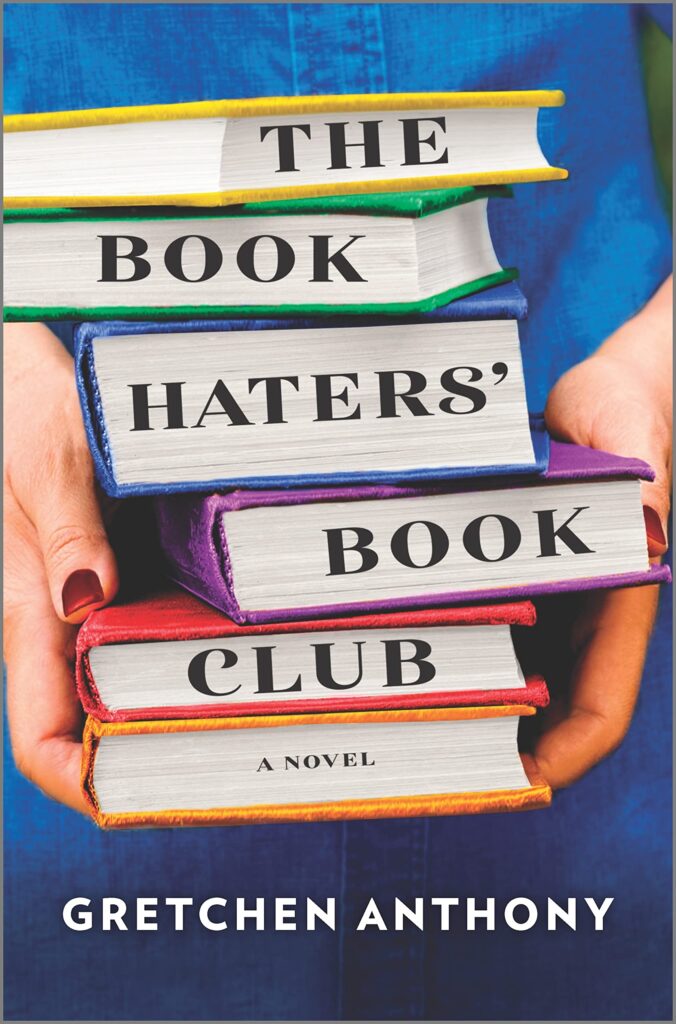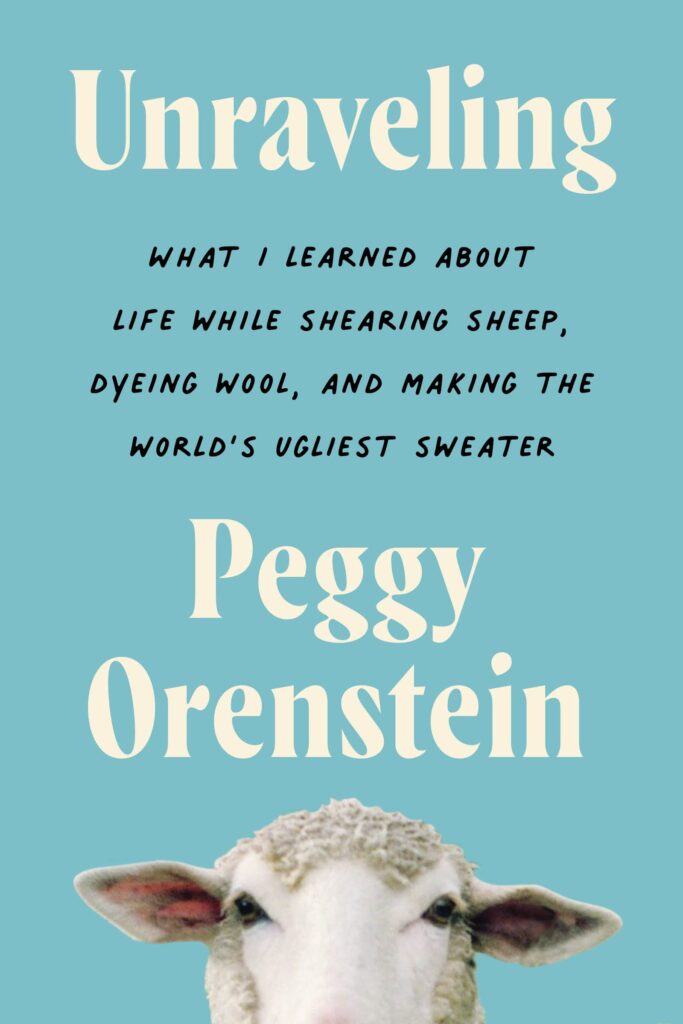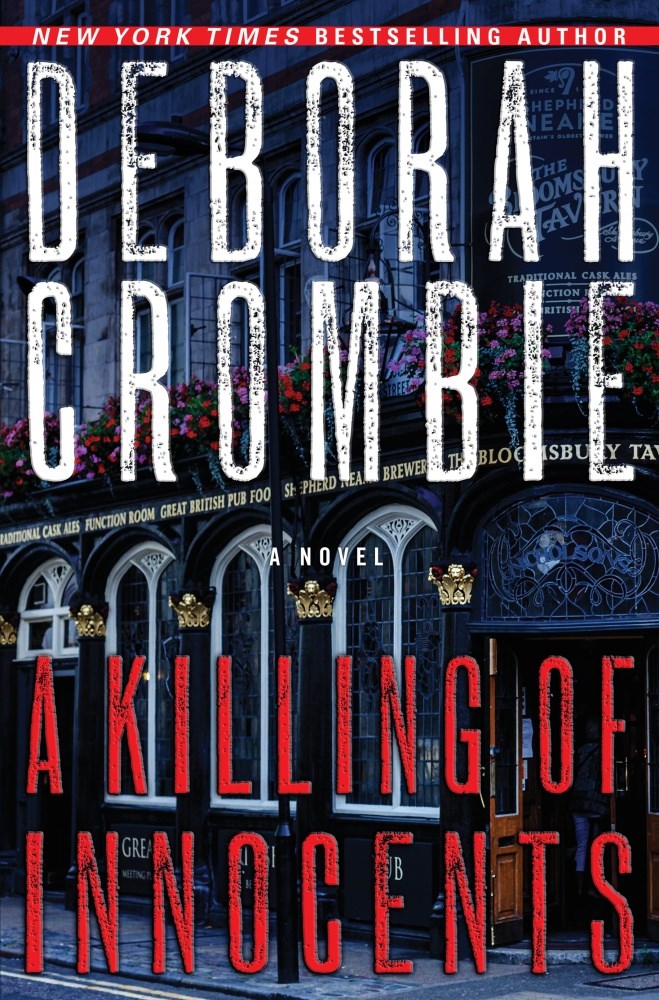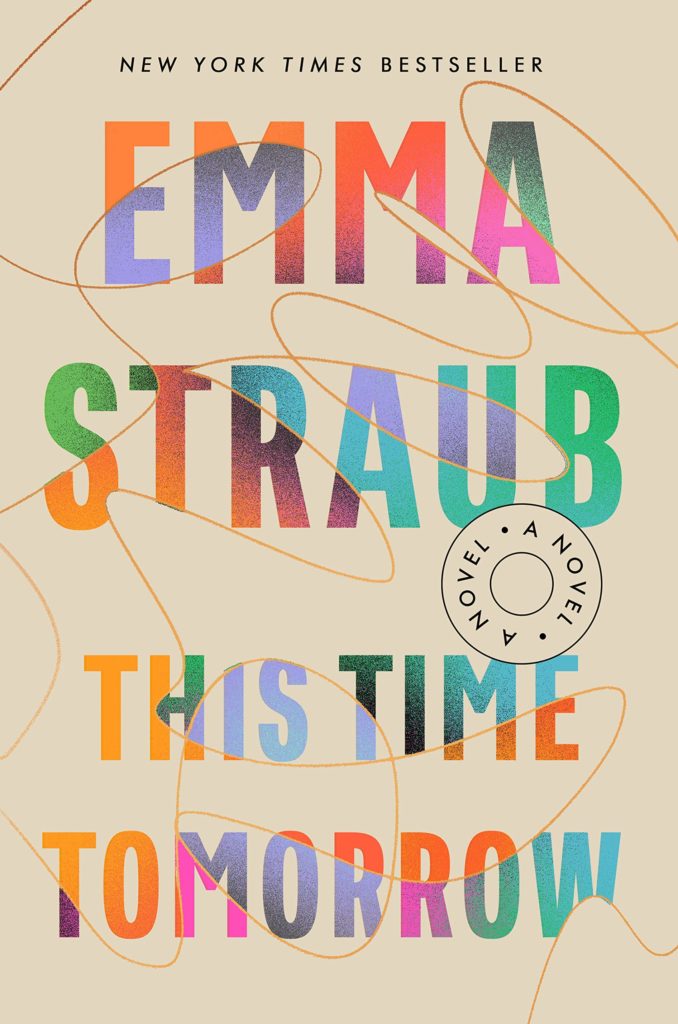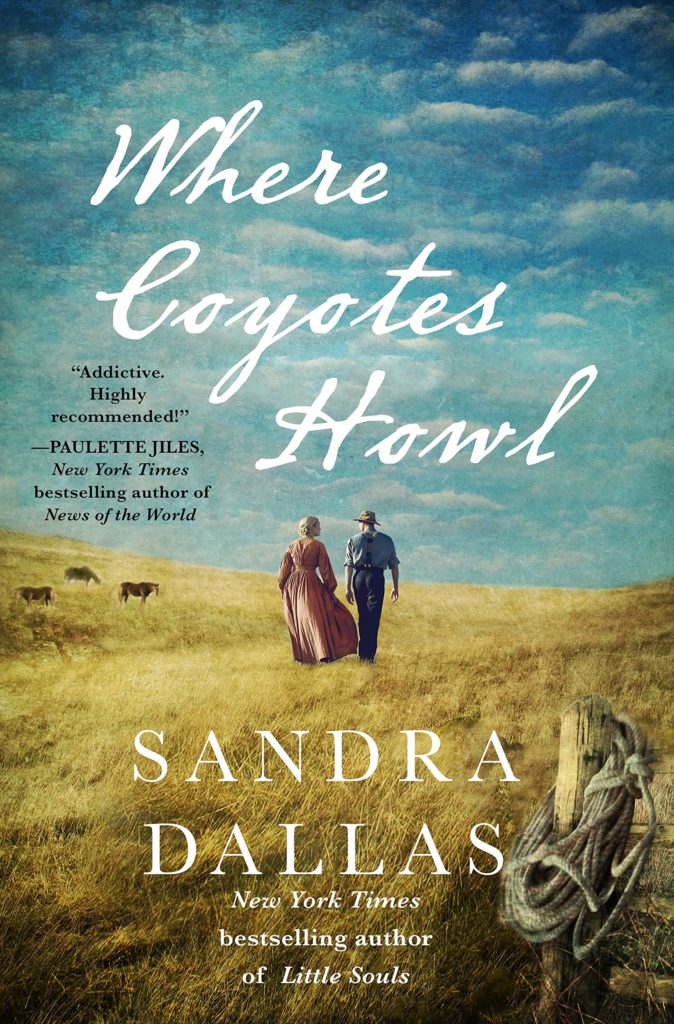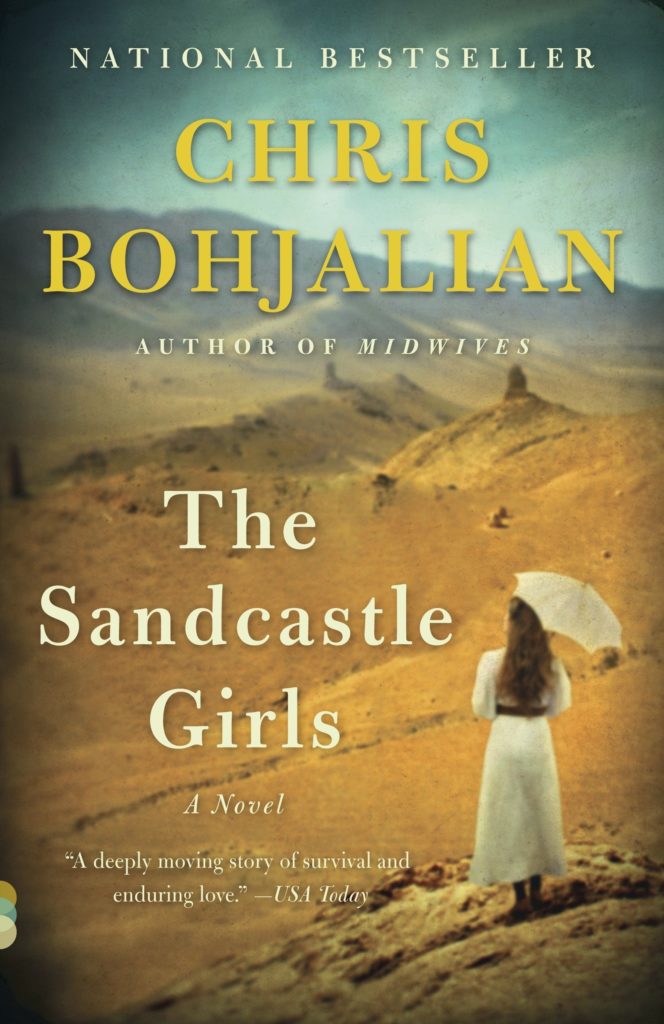Abandoned Reading
Humble apologies to my Book Barmy followers for the lack of content here. Sadly, I’m in a reading slump, a reading desert if you will, with several recent books cast aside in disappointment.
I know this is natural and happens to every reader, but oh how I miss being lost in a good — nay, a great book. Without such diversion, my evenings are not spent in my lovely reading nook, with said good/great book — but instead re-watching episodes of West Wing.
I had such high hopes for this novel, inspired by Andrew Wyeth’s painting Christina’s World and told from the point of view of the woman herself. Christina seemed destined for a small life. Instead, for more than twenty years, she was host and inspiration for the artist Andrew Wyeth, and became the subject of one of the best known American paintings of the twentieth century.
I actually got well into A Piece of the World and was quite enjoying it, so much so, I sent a friend a copy to read during her up-teenth snowstorm.
But, alas, after a great start, the novel became belabored with the focus on Christina’s disability and struggles quite dreary. So, I put it down. Perhaps another day, I’ll try it again.
The Book Hater’s Book Club was sent to me by the publisher for review. A blog aptly named Book Barmy tends to attract such books, for which I am grateful. The book’s blurb “All it takes is the right book to turn a Book Hater into a Book Lover” had me intrigued.
I usually enjoy books about book stores and the very interesting people that run them. So knowing this would be a lighter read, I tried it.
Elliott, co-owner of Minneapolis’ Over the Rainbow bookshop, has recently passed away, leaving the other co-owner, Irma, in trouble. Business is failing and the bills are piling up. Irma is also grieving the death of her longtime boyfriend.
Irma calls a meeting with her two daughters, Bree and Laney, and Elliott’s partner, Thom, at the lawyer’s office. She has decided to sell to a developer who plans to raze it and replace it with high-rise condominiums. Hmm I thought, okay, just give it another few chapters…
I tried folks, I really tried, but the characters were a bit too simplistic and plot very predictable from the outset. Another book tossed aside. Sorry Park Row publishing.
I picked this up at my local library from the new arrivals shelf. (I have a special weakness for library new arrivals or librarian recommendation shelves.)
It sounded fun, a memoir about how Ms. Orenstein got through the pandemic by shearing a sheep, carding the wool from said sheep, spinning it into yarn and then making a sweater. I’ve never really been interested in spinning, but am a knitter, so I thought this will cure my reading slump – something completely different…and, as it turns out, completely BORING.
My eyes crossed at the detail; every little step of finding someplace that would teach her to shear a sheep, the minutiae of that practice, the endless discussion of choosing dyes for her wool, and the struggle to learn to knit. I know everyone needed something to do during the lock down time, and I’m happy Ms. Orenstein found her own coping mechanism. I just wish she had made it more fun and entertaining. But as Unraveled is written – it just felt like a forced march.
One thing is for certain – as the book cover proclaims — she did produce a very ugly sweater.
So here I am, aimlessly searching my bookshelves and Kindle for something to read – I need something to read. Perhaps I’ll just let it go and not put pressure on myself.
As a distraction, our record setting rainfall this winter has resulted in some of my best rose blooms ever.
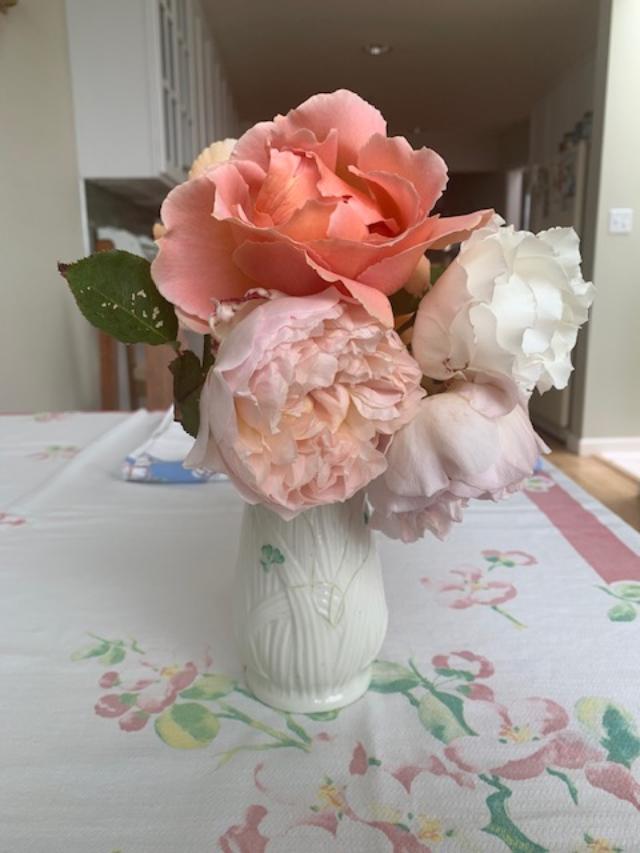

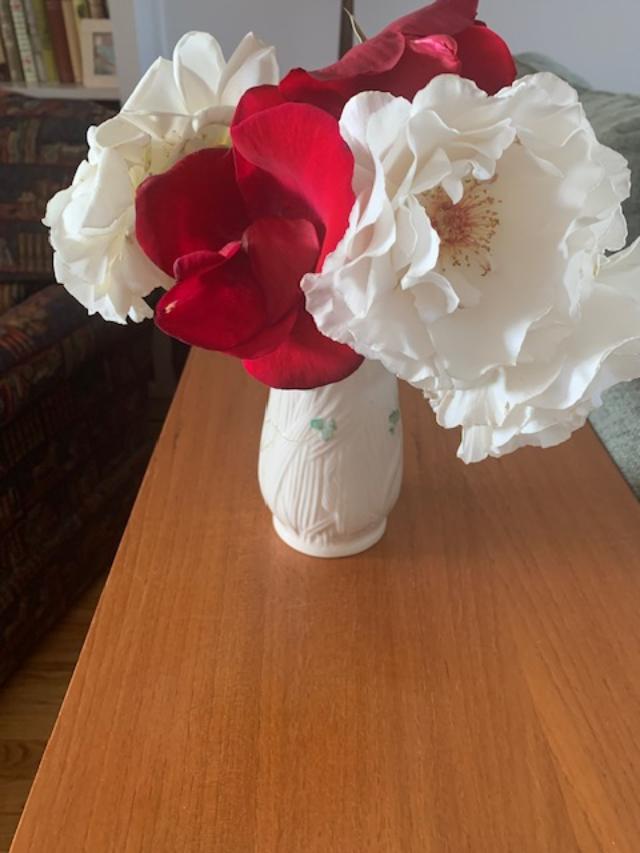
So, I’m off to the garden – there are always aphids to spray with soapy water and dead-heading. Yes, that’s what I’ll do.
And “West Wing”, in case you’ve forgotten, was a great show, and I’m really enjoying re-watching the series one episode an evening – from the beginning.
Daisy Jones and the Six
Once again I found a screen adaptation better than the book. It rarely happens, so I must come clean that this is my second admission. The other was the PBS adaption of Magpie Murders.
When Daisy Jones and the Six first came out, an advanced reading copy was kindly sent to me by the publisher, but I never felt right attempting a review. You see, I barely plodded my way through half of the novel before tossing it aside. It later became a blockbuster bestseller and adapted into a TV series.
Guess we let you down here at Book Barmy. But let me explain
The premise was, and still is, intriguing — the making and wild success of an iconic rock band. In 1977, Daisy Jones & The Six were on top of the world; the band had risen from obscurity to fame, and then, after a sold-out show at Chicago’s Soldier Field, they called it quits. Now years later, the different band members and associates are being interviewed to finally uncover the true story of their experiences, and what went on behind the scenes.
But herein lies the problem, the story line is told through a series of interviews years after the band broke up and I really struggled with this format. I found it hard to keep the different characters straight through the interview format, and the different narratives were confusing. And these same characters never came to life even with their sex, drugs and rock and roll – it all fell flat for me.
I was a bit sad because 70’s rock and roll is the nostalgia of my high school and college years.
And yes, if all that sounds familiar, Daisy Jones and the Six is loosely based on Fleetwood Mac, with Daisy thinly disguised as Stevie Nicks.
____________________________________________________
I’d heard about the TV series and one evening I gave it a try – and I was immediately hooked – line and sinker. I was transported back to the 70’s – the clothes, the original music throughout, and the cast was finally interesting and sprung to life. (Fun fact, Daisy is played by Elvis’s grand daughter, Riley Keough).
There’s sex, of course, drugs, yes – but mostly it’s about creating music which doesn’t always resonate with the band, but become hits — all while the band struggles to elevate themselves from the cliché.
The main relationships are portrayed with gritty realism, the male lead struggles with sobriety, his wife wants her family back, and then there’s Daisy who wants fame:
I had absolutely no interest in being somebody else’s muse.
I am not a muse.
I am the somebody.
End of f*****g story.
This is not a consistently great series, some episodes are better than others. And many of the characters are unnecessarily portrayed as jerks, which is supposed to make them more authentic to the 70’s LA music scene, but actually makes them hard to care about. Daisy wears flowing dresses and dances in circles, actually making a caricature of Steve Nicks – which is distracting.
Overall, it’s a somewhat stereotypical drama involving a rock band which becomes more compelling as the members alternately work their way through fame, success, love triangles, drugs, alcohol and angst.
It’s like some of us are chasing after our nightmares the way other people chase dreams.
I watched every single episode and adored being back in the 70’s. The Daisy Jones and the Six TV series is very well-produced, the sets are spot-on realistic – and the music — well, it was my music.
What else can I say — I had fun.
Try it, maybe you will too.
A Killing of Innocents by Deborah Crombie
Ms. Crombie writes one of my best loved mystery series. I’ve raved about her books here on Book Barmy for many years. Her devoted readers had to wait a a very long four years for this newest installment, A Killing of Innocents. My library hold finally came through a couple of weeks ago and I happily dove right in.
Duncan Kincaid and Gemma James are back, and once again, we get to read about their professional and personal lives. Their relationship and their children (one his, one hers, and one adopted) continue to change and develop throughout the series. These characters are so so well drawn, they’ve become almost real to me after 19 installments.
But wait, there is a mystery. Duncan is in a local pub waiting for his fellow officer, Dog Cullen, when he sees a young woman in hospital scrubs leaving the pub — both upset and worried . Later, when he and Doug go to leave, cutting through a park, a distraught woman and child call out to them. When they go to take look, they realize it’s the same woman, lying dead in the grass, The victim, Sasha Johnson, was a junior doctor at a nearby hospital and was stabbed. Duncan regrets that he should have known the woman was in trouble and feels an extra responsibility to solve her murder.
Duncan and his team, with the help of Gemma, his wife, try to track down a killer. The motive is not immediately apparent, and before they can uncover any clues — another body is found stabbed in the same way, but at a different location. Are the two murders connected? What connects them? The stabbings set up the suspense, but the setting in a cold and damp London which grows dark early in late November, adds a creepy atmosphere to the story-line.
Meanwhile, back at Gemma’s and Duncan’s busy household, everyone is stretched thin with ballet rehearsals, children’s nightmares, and the older son both studying and working at the cafe. While other readers may complain that these domestic details detract from the mystery, I find it gives the story depth. The sometimes strained friendship (or is it more?) between their co-workers Melody and Doug hits some bumps –and these personal tensions add to the plot.
Sometimes The Killing of Innocents teetered from an abundance of characters, as if Ms. Crombie needed to include every protagonist, their acquaintances and friends from previous novels. But I carried on, realizing that not all the characters were directly involved in the mystery itself – but rather background characters.
And just to keep the reader guessing, there is an italicized narrative by an unknown speaker throughout the mystery — which is unsettling and somewhat confusing. However, in the end, Ms. Crombie pulls off a big reveal that pulls the ending together.
The mystery–the slaying of an ambitious young doctor and other victims — has some twists and turns, as the different threads of the story come together at the end. This was a twisty mystery and I was unable to guess the solution
A Killing of Innocents is a hard-hitting portrayal of the work of busy homicide detectives, with an intriguing, multi layered plot which, turns out, is not easy to figure out.
N.B. Darn it, I forgot to take a photo of the charming hand-drawn map which have become a typical bonus with Ms. Crombie’s hardback editions. I had to return the library book.
Here’s a sample of a map from a previous book, just so you can appreciate what I’m rattling on about.
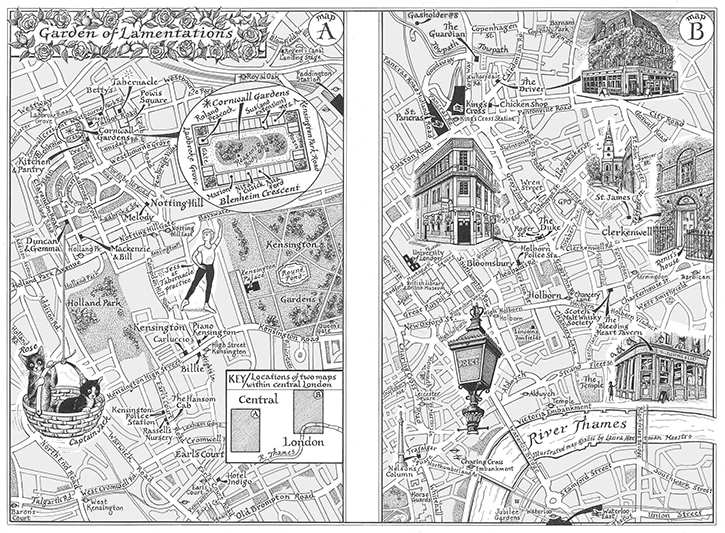
This Time Tomorrow by Emma Straub
My library holds list is always a surprise, as books I put on hold ages ago (and forgotten) unexpectedly become available. Such was the case with This Time Tomorrow, a time travel novel, which is a favorite genre here at Book Barmy. I’m definitely fascinated by the concept.
I dove right in…abandoning the other books on my teetering stack.
The novel opens with Alice on the eve of her 40th birthday taking stock of her life. Her career dreams have fizzled, her love life is empty, and her father is lying in a hospital bed, nearing the end of his life. Understandably, Alice has already begun grieving.
Grief was something that moved in and stayed. Maybe it moved from one side of the room to the other, farther away from the window, but it was always there.
After drinking way too much, Alice wakes up in 1996 on her 16th birthday. Her father, Leonard, is in the prime of his life — young, and vibrant in ways she failed to appreciate at 16. He is a famous author, having written his own highly successful time travel novel which is going to be made into a television program. This first time back in time (yes there will be others) Alice is star struck by her father and overwhelmed with love and regret.
When she was young, she’d thought he was old, and now that he was old, Alice realized how young he’d been. Perspective was unfair.
Alice herself is full of life and bubbly at 16. She also has the teenage angst and heartbreak which she can remedy with hindsight. She makes choices she was afraid of at 16 and corrects hurtful actions with her closest friend. It also turns out that high school is just as dreadful as she remembers. (Just imagine what would it be like to see and appreciate your world at 16, but with 40-year-old perspective.)
Now I’m going to stop for a moment here and reflect on the time travel genre. Usually these novels focus on the well known trope – the ‘do-over’; what can be changed, making different choices, and catastrophic events avoided – and there are good ones and bad ones.
Instead, Ms. Straub focuses on the smaller, more intimate human character changes. This Time Tomorrow lets Alice change things that are more subtle –to change the future for her father — helping her father get healthier, encouraging him to continue with a second novel, making sure she shows up at his publicity junkets. There’s also self-reflection for Alice, cultivating her own self-trust – and also sharpening her love and appreciation for what actually did happen. I found this so interesting and refreshingly different.
Alice discovers that she can return to this day again and again, always going back to her 16th birthday and then forward to age 40. Each trip back in time increases her awareness and appreciation of her past, as well as the joys in her present day.
Maybe that was the trick to life: to notice all the tiny moments in the day when everything else fell away and, for a split second, or maybe even a few seconds, you had no worries, only pleasure, only appreciation of what was right in front of you.
This highly readable novel is filled with lovely little gems that stick with the reader. There’s the never aging cat Ursula (named after Ursula Le Guin), the embarrassing teenage years, and the wonderful descriptions of New York City (shout outs throughout to Gray’s Papaya). I found the depiction of the gated Pomander Walk where young Alice and Lawrence live so charming, that I had to look it up. Here are some photos.

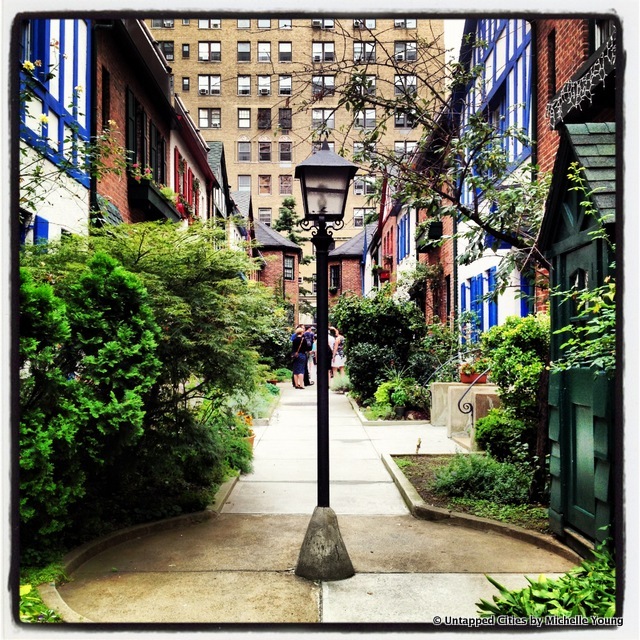
This is an engaging, hopeful and entrancing novel about about regret, about alternatives and above all about love with an ending that’s as satisfying as it is bittersweet. It choked me up and caused me to think about how the pieces of our lives can be rearranged, to form a new picture, simply by being mindful of the choices we make.
This Time Tomorrow reflects on the transitory nature of life and reminds us of the need to tangibly appreciate our closest friends and loved ones in the here and now. Alice gets a second chance to do this through time travel – a reminder to us mere mortals, stuck in the present time.
It’s not about the time. It’s about how you spend it. Where you put your energy.
This Time Tomorrow is very reminiscent of one of my favorite films – “About Time” which I also loved.
You can see it on Amazon Prime.
Where Coyotes Howl by Sandra Dallas
You may remember my earlier post about Ms. Dallas. I mentioned that I had read an advanced reading copy of her latest novel- Where Coyotes Howl. Well, it’s just been published, so now I can talk about it.
Ellen has accepted the post of the new schoolteacher in Wallace, a tiny Wyoming town in 1916. A monumental change from the big city she comes from– characterized by dusty streets, desolate surroundings, and seedy-looking men lounging under a tree “stove-up cowboys down on their luck”. She finds a room in a run-down shack with a poor woman and her abusive husband. Things are looking pretty grim for Ellen.
Until she meets Charlie – a young cowboy who is working on a nearby ranch. He is a good man and they begin to court and soon married.
Charlie owns a bit of land so he builds her a house made of wood because she abhors snakes which live in regular sod houses on the prairie.
Let me stop here for a moment, because I have to admit I don’t read romance and at this point in the novel it appears – whoops, this is indeed a tale of love – okay a love story – but stick with me, this is no Hallmark story.
Ellen leaves her teaching post, because living on the prairie requires that she keep the household going while Charlie is at the ranch.
It’s a full time, no more like 24/7, job. Keeping the snow from coming inside the house as the wooden structure couldn’t keep out the storms, and with water brought in barrels from a mile away were only a few of the challenges Ellen faces every day – not withstanding, the constant lonely nighttime howling of coyotes.
Ellen forms friendships with other women both in town and on the prairie, and these woman are just as strong as Ellen as they keep their husband’s land, cattle, and children sustained amidst the isolation and challenges.
Once again, as with all the other Ms. Dallas novels I’ve read, I became totally absorbed in this poignant, yet tragic story of two people’s lives during the early years of settlement in the west. Charlie and Ellen experience horrific weather, tragedies and extreme travails. But they survive – bound together by the love they had for each other.
The novel really shines with the descriptions of the landscape, the isolation, and severe hardship, but also the understanding and care for those facing even harder times. The sense of community was inspirational and I found their losses and those of their neighbors just heart breaking.
Where Coyotes Howl is highly recommended as absorbing historical fiction — but it’s really more than that. It’s also part western, and yes, part love story — but mostly it’s a full and gripping tale of early America and the struggles of it’s settlers.
Many thanks to St. Martin’s Press for an advanced digital review copy via Netgally.
The Sandcastle Girls by Chris Bohjalian
Here at Book Barmy headquarters, we are thrilled when a friend gives us a book they enjoyed, especially when it comes with their review and backstory.
Such was the case with The Sandcastle Girls. My friend included a note with the book which told of her friendship with with a daughter of Armenian immigrants and how this story is about a little-known chapter of Middle-Eastern history.
Mr. Bohjalian has taken this little known, but horrific piece of history — the killing of thousands of Armenians by Turks in 1915, and used it as the backdrop for a love story of two very different people who meet in Aleppo (modern-day Syria) — the Ottoman Empire during World War I.
Aleppo served as a way-station for refugees who had already been marched through the desert with no food or water. Americans, Brits and others, including some Muslims, ministered to them and tried to save lives during the refugees’ brief respite before they were marched out into the desert yet again – to a camp which almost guaranteed their eventual deaths. In Aleppo, Elizabeth Endicott, is a young, wealthy woman from Boston who, with her father, is administering aid to the refugees. She falls in love with Armen Petrosian, an Armenian engineer searching for his wife and infant daughter who have been rounded up by the Turks.
The Sandcastle Girls interweaves of the story of Elizabeth and her father Silas, along with others in Syria to aid the refugees along with the secondary story of their granddaughter Laura who is researching information about her grandparents.
In the early pages of this novel, Laura sets the stage for this undiscovered story of her grand-parents:
Nineteen-fifteen is the year of the Slaughter You Know Next to Nothing About. If you are not Armenian, you probably know little about the deportations and the massacres: the death of a million and a half civilians. Meds Yeghern. The great crime. It’s not taught in school, and it’s not the sort of thing most of us read before going to bed. And yet to understand my grandparents, some basics would help. (Imagine and oversized paperback book with a black-and-yellow cover. The Armenian Genocide for Dummies.)
Through vivid detail the author takes us to the dry, harsh deserts of death, and into the protected circle of the American compound in Aleppo. From there we are brought back to America, and the pieces of the family puzzle come together through long forgotten details, sadness, love and finally understanding.
Mr. Bohjalian gives us a well-paced story line with his characters’ stories and their relationships. However, I found that the sections detailing the actual history of war, were interesting, but slow reading — I had to force myself to carry on and often put it away to read something else.
That is not the only reason why it has taken me so long to finish this book, this is a difficult and oftentimes disturbing book about the atrocities and horrors of this great crime — a genocide that is still impossible to discuss in today’s Turkey, where denial is the rule.
In a burst of resolution the other evening, I finally finished it and have to say The Sandcastle Girls is well worth reading even with the troubling content. Such historical fiction like Mr. Bohjalian’s is important – because it reaches readers like myself who learn of the past through stories told.
N.B. I wish I were a reader of history tomes, I want to be, but the David McCulloughs sit on my shelf, unread to this day. Maybe, like poetry, I will venture in…



